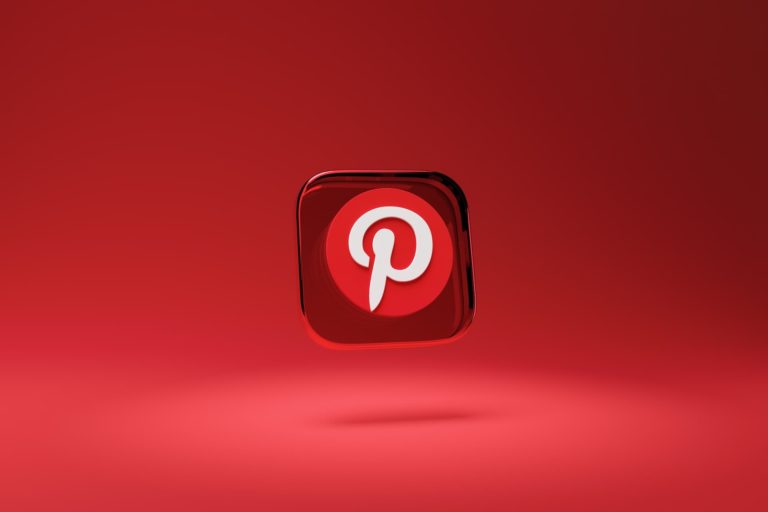
Henry Blodget once said something that stuck with me. Paraphrasing, he said that advertising on Facebook is like advertising at a party… while advertising on Google is like advertising at a store. It’s all about context and user intent. Google has natural advantages with both.
But Google isn’t alone… a handful of other players enjoy high user intent. One of them is Pinterest, as the company has conditioned product discovery into its core use case from the beginning. So as it evolves its monetization model, it finds natural places for brand marketing.
Pinterest has slowly leaned into this concept over the past few years with more transactional features for direct commerce. For example, its Shop tab features pins and videos where included products can be bought. These items are tagged by brand marketers and transaction ready.
So what does this have to do with AR? In parallel to the above moves, Pinterest continues to cultivate AR shopping such as product try-ons. Those AR initiatives increasingly converge with its shoppability moves, creating a peanut butter and chocolate moment for monetization.
Feedback Loop
All the above took a step forward recently in Pinterest’s Q4 earnings. For one, it has reached 450 million monthly users, a growing share of which return specifically for shopping. This validates many of the shoppability moves it has made over the past year, among other things.
Internalizing this feedback loop of shoppability and engagement, Pinterest has doubled down on its intentions to make pins transactional. This means having more products tagged in photos and videos so that the content is directly actionable. It’s all about capturing commercial intent.
“Over the long term, we also want to make every pin shoppable,” said Pinterst CEO Bill Ready during the Q4 earnings call. “Over the course of this year, we’ll be deploying our computer vision technology across our video corpus to find products and videos and make them shoppable.”
Ready’s reference to computer vision is a key element. And that brings us back to AR. In addition to product try-on features, Pinterest is big on Visual Search. Like Google Lens, Pinterest Lens can identify IRL products and bring users to the same or similar items on Pinterest.
That last part combines shoppability and design inspiration. By suggesting similar items, Pinterest sparks serendipitous moments of shopping discovery. In fact, that discovery use case is central to Pinterest’s DNA. So it will look to continue marrying AR, AI, and shoppability.
Confidence & Conversions
In addition to Lens, Pinterest’s slate of AR offerings include “Try on for Beauty.” This lets shoppers virtually apply 14,000 cosmetics products. It has also expanded into home decor with the ability to visualize 80,000 products from Crate & Barrel, Walmart, West Elm, and Wayfair.
To use these features, shoppers click on supported pins then choose “Try in Your Space.” After visualizing a given item, they can purchase it by clicking the pin again to be sent to a checkout page. Whether it’s cosmetics or couches, it’s all about turning inspiration into purchase.
Stepping back, Pinterest’s goal here is to expand its place in the marketing funnel. Product tags are one way to bring Pins from an upper-funnel awareness medium to a lower-funnel direct response medium. And offering AR along the way can boost buyer confidence and conversions.
Speaking of conversions, Pinterest isn’t charging its retail partners for transactions or affiliate revenue. It’s simply adding AR to boost stickiness and show more value to consumer brands. This is meant to hook them in as advertisers that double down on ad spend (Promoted Pins).
This is similar in some ways to Snap’s AR monetization model. Pinterest likewise sees 3D product visualization as a key part of its evolution as a visual shopping play. AR fits its DNA. So expect more features and formats that marry immersive and interactive AR with shoppable pins.
Header image credit: Dima Solomin on Unsplash

